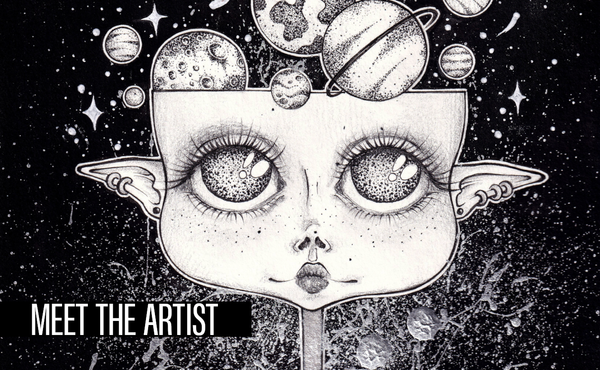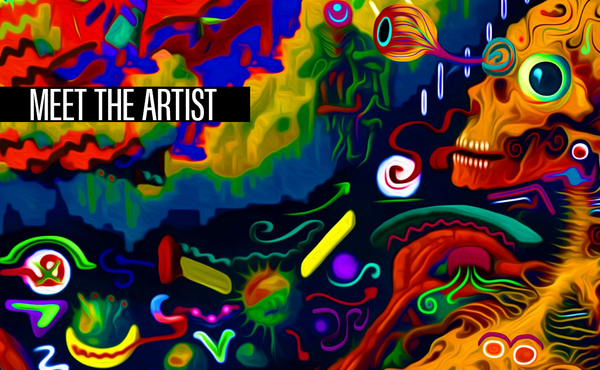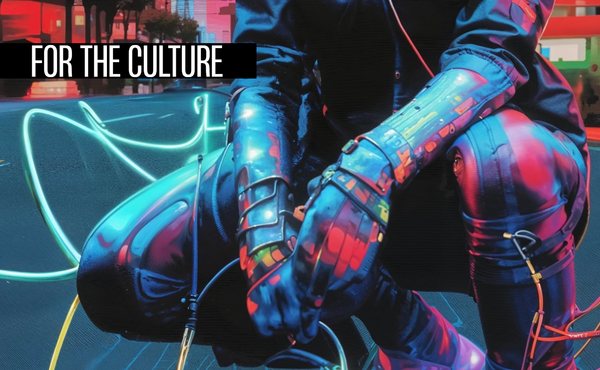A talk with Pardesco about Pareidolia
Discover pareidolia – the intriguing psychological phenomenon that transforms random shapes into familiar faces and patterns. Explore how artists like Pardesco seamlessly blend mathematical precision with organic perception, unveiling hidden figures within chaotic scenes.

In our fast-paced digital world, we are constantly inundated with images and data. Amid this visual cacophony, our brains instinctively strive to find patterns and meaning. This tendency is best exemplified by the psychological phenomenon known as pareidolia.
What is pareidolia, you ask? Simply put, it's the perception of recognizable forms, often faces, in unrelated visual stimuli. Who hasn't glanced up at the sky, only to see a dragon taking shape in the clouds? Or noticed how the gnarled knots of a tree bear a striking resemblance to a face? This is pareidolia in action, a common experience that reflects the human brain's remarkable pattern recognition abilities.
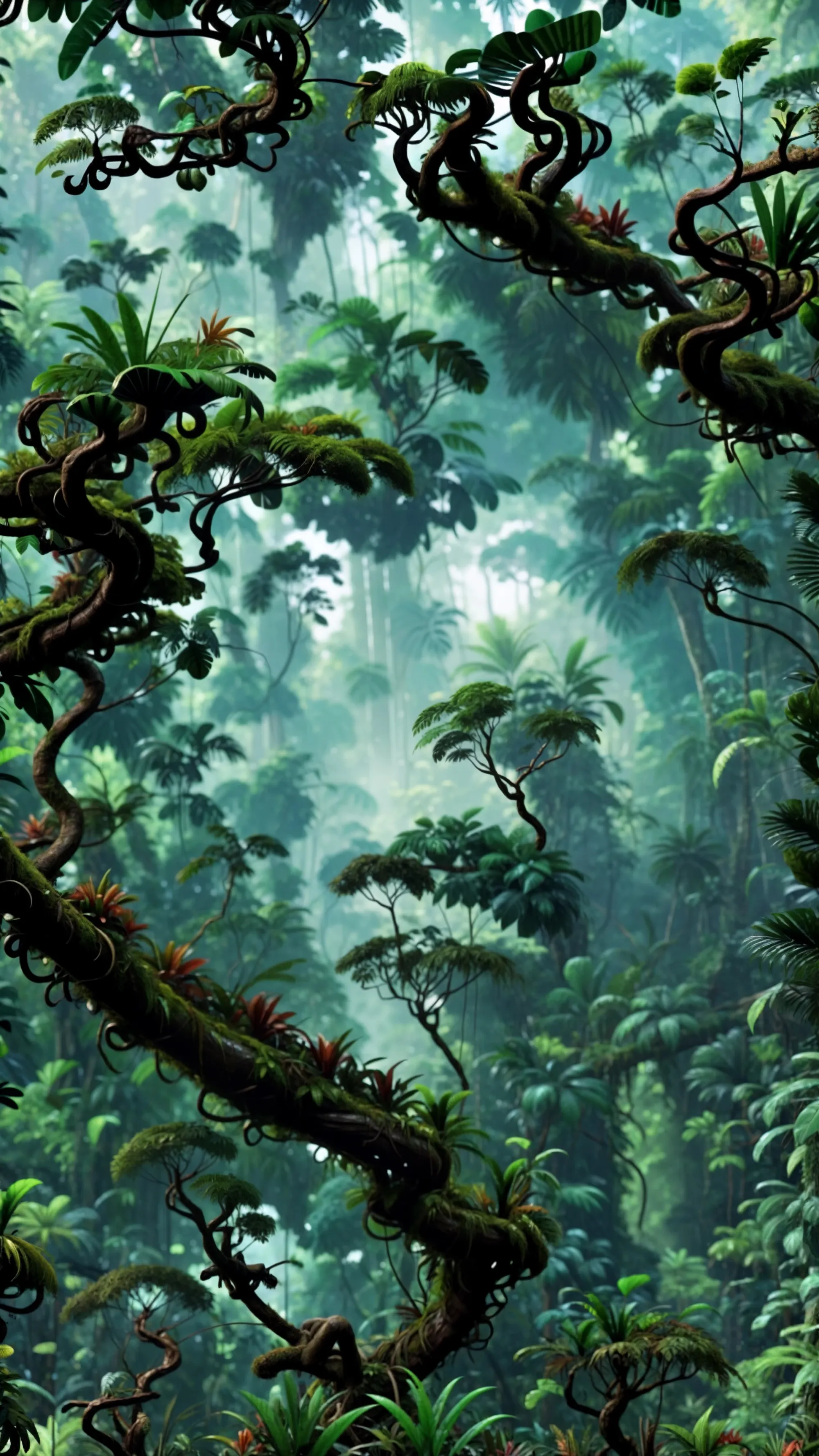
The phenomenon of pareidolia is not just a quirk of human perception, but has also been an intrinsic part of artistic exploration throughout history. Artists have used this phenomenon to establish deeper connections with their audiences, weaving familiar shapes into their works to evoke specific reactions.
While pareidolia is not the primary focus of his artistic journey, Pardesco has intriguingly ventured into this realm, capturing our attention at Minted magazine. His main body of work revolves around geometric and symmetric designs, drawing inspiration from the intriguing aesthetics of fractals and higher-dimensional shapes.
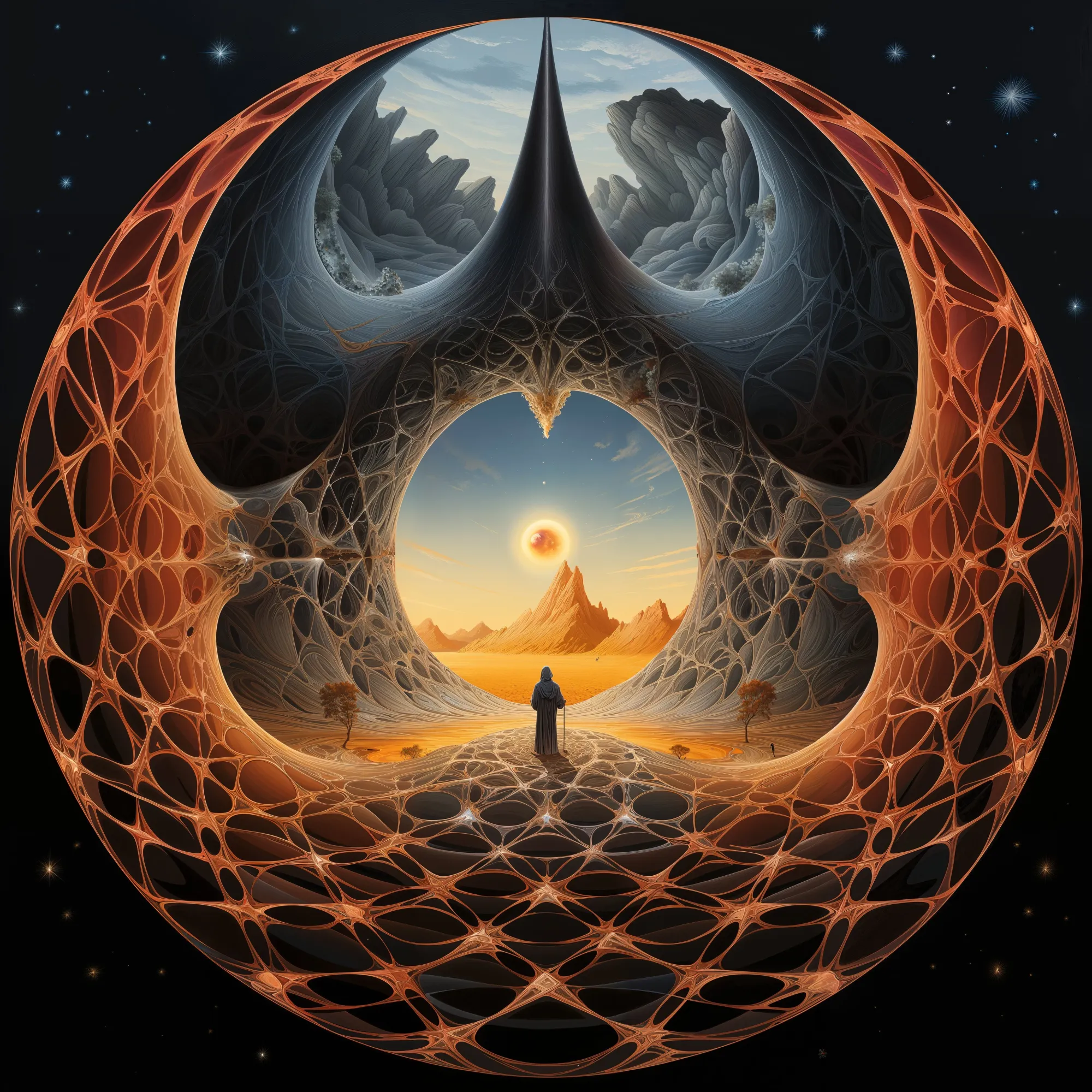
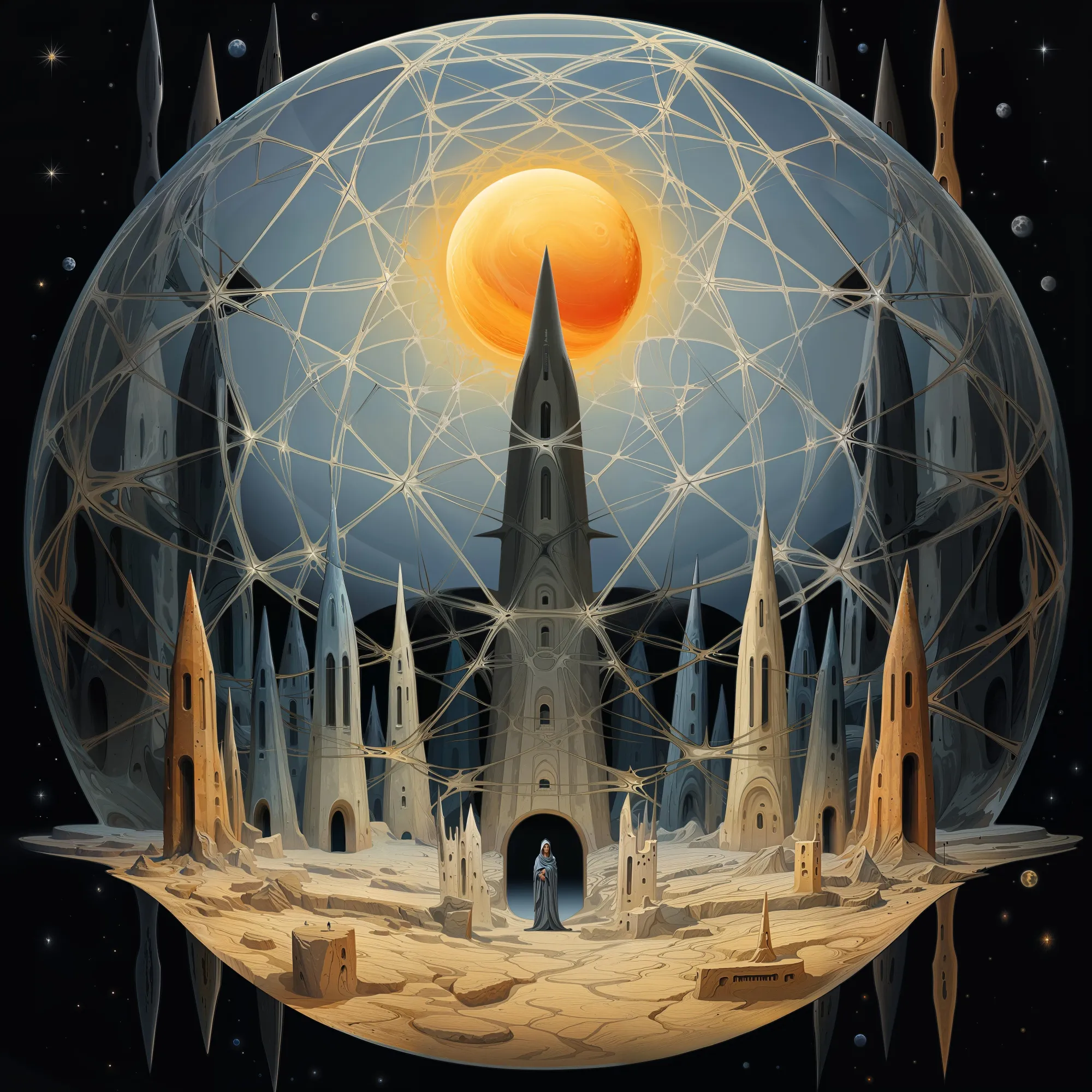
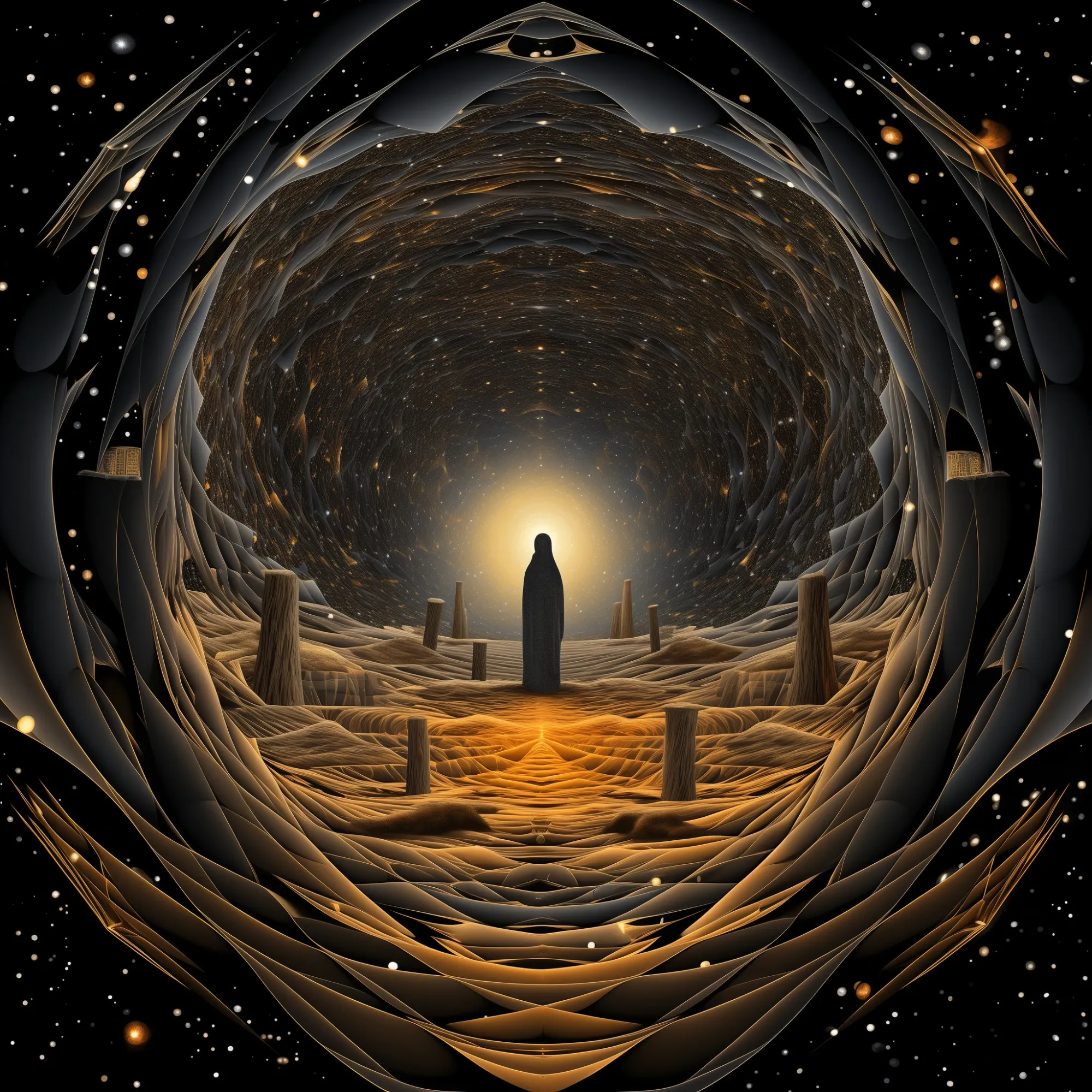
Geometry and simmetry in Pardesco collection. To see more about his works, follow him on X
His work skillfully merges mathematical precision with the intuitive, organic nature of human perception. In Pardesco's own words, "My fascination with pareidolia is rooted in my ongoing exploration of hidden patterns and the mathematical foundations of existence."
A key aspect of Pardesco's artistic process is his innovative use of artificial intelligence. He uses AI to generate vibrant, chaotic scenes of rainforests, a tribute to his childhood years spent amidst the lush jungles of Costa Rica. These AI-generated scenes then undergo a process of refinement, revealing faces and figures hidden within the chaos. "By using AI to generate lush, chaotic rainforest scenes and then refining the compositions to evoke the emergence of faces and figures, I am exploring the fundamental human desire to find order and significance in the world around us", Pardesco explains.
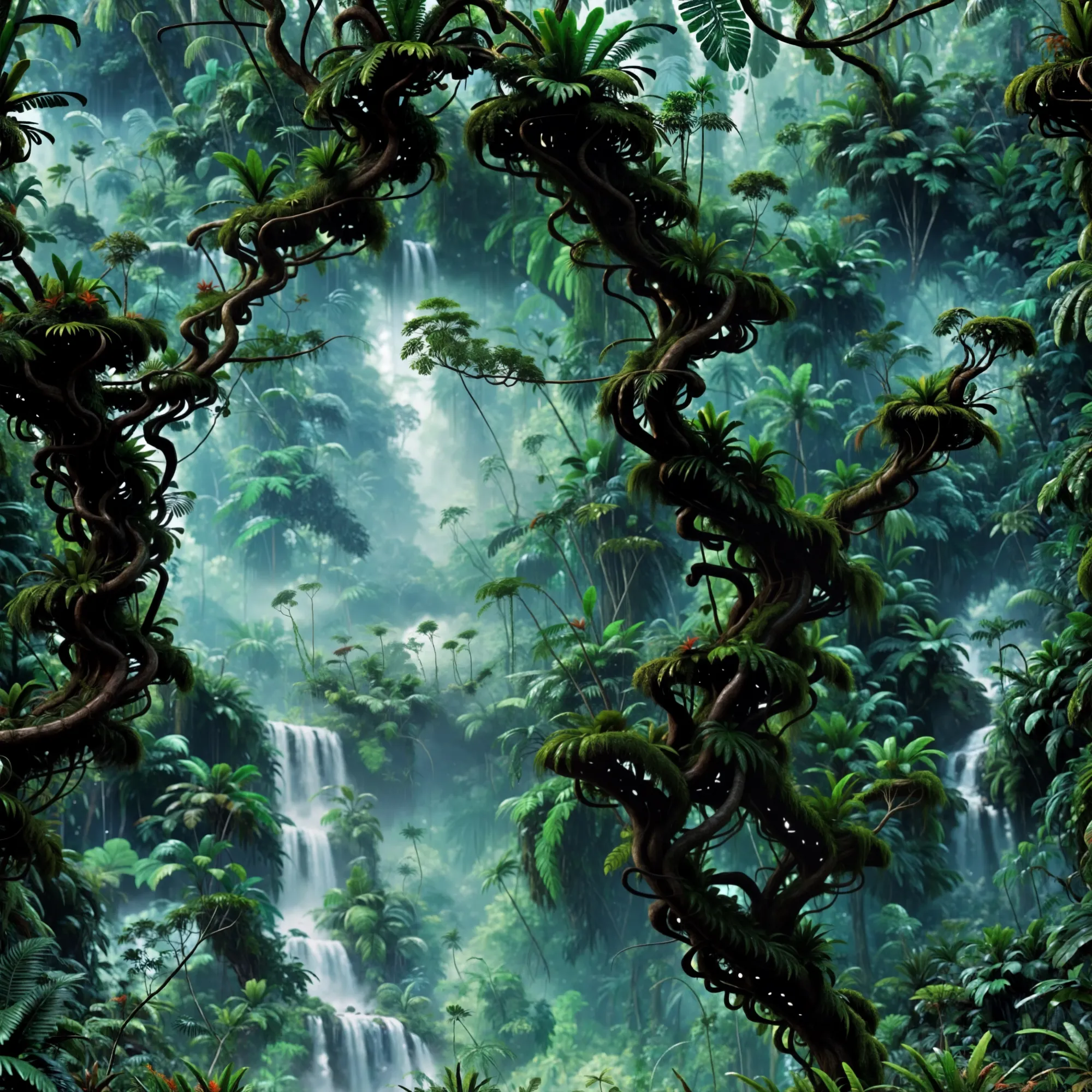
Pardesco's exploration of pareidolia offers a modern perspective on a phenomenon that has been integral to art for centuries. From ancient cultures interpreting natural formations as divine messages, to Renaissance artists using pareidolia to introduce hidden meanings and symbols into their work, this phenomenon continues to inspire awe and curiosity.
Different artists employ varied approaches, yet they all share a single, unifying goal: to remind us of our brain's extraordinary ability to find connections in the most unexpected places. Pareidolia mirrors the artistic process, reflecting our innate desire to seek meaning in chaos and transform the random and abstract into the familiar and emotionally resonant.
So, the next time you spot a dragon in the cloud formations or a face hidden in the knots of a tree, take a moment to appreciate the intricate workings of your brain. You're experiencing pareidolia, a testament to our brain's relentless endeavor to make sense of the world. As we continue to explore and appreciate the wonders of pareidolia, let's remember artists like Pardesco, whose work invites us to engage in this captivating dance of perception and imagination.


